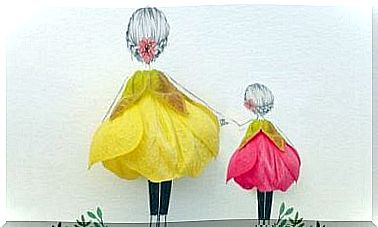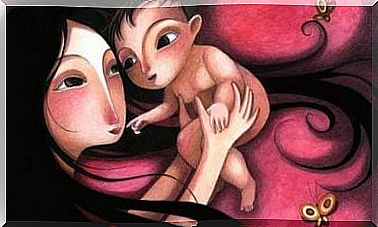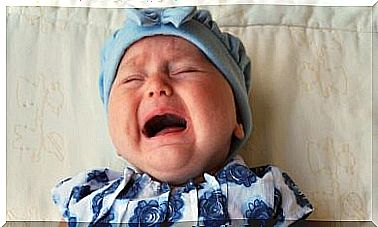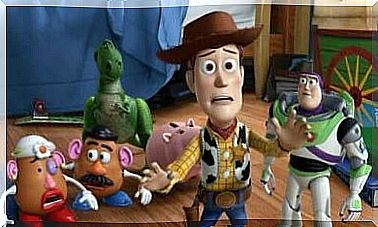Transition Object: The Toy Your Child Can Not Live Without
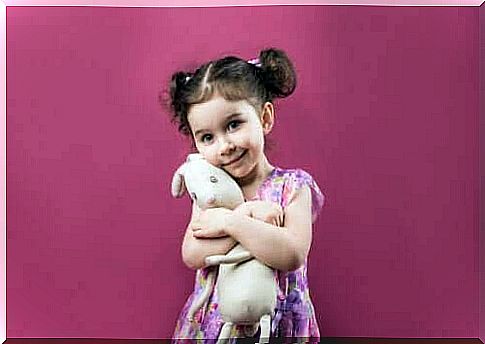
We have all seen how children often have a special connection to or love for a certain stuffed animal or pacifier blanket. They take these with them wherever they go, and do not seem to be able to live without them. But what do these transition objects really represent on a psychological level?
What is a transition object?
Pediatrician and psychoanalyst Donald Winnicott coined this term to refer to the first property a child recognizes as something separate from himself.
Transition objects are material objects that children feel a certain connection to. They show special affection for this specific object and always have it close. They also tend to turn to this object especially when they are upset or tired.
Children’s attitudes towards these objects are not playful, but rather possessive. They hold them, suck on them, kiss them and press them against their bodies or maybe even throw them on the floor.
Having a transition object is completely normal during a child’s psychological development. These objects fulfill an important function during the separation process between the child and the mother. They also play an important role in the child’s identification of himself as an individual.
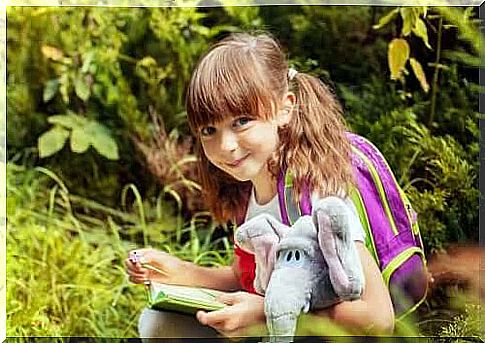
However, given that this process differs between different people, not all children develop a relationship with a transition object.
What characterizes a transition object?
There is great variation between different transition objects, and they are different for each child. That being said, all transition objects have some basic characteristics.
- They are pleasant to the touch. They are usually smooth and soft. This is directly linked to mother diving in fabric in Harry Harlow’s attachment studies. According to his research, all children have an innate need to attach to a soft figure for comfort and protection.
- Children choose their transition object at random. Parents and caregivers cannot choose an attachment object for them. Instead, children must choose their own transition objects, even if we as adults would have had other preferences.
- Transition objects cannot be replaced. Just as it is impossible for adults to select transitional objects for their children, it is also impossible to replace them. If a transition object is lost, the child experiences great sadness. This grief may not go away even if the parents try to replace the item with something else. It is entirely up to the child if he or she forms a connection to another object.
- Transition objects have a special smell. This unique scent helps the child feel safe. Therefore, it is best not to wash the item.
- They are inseparable. Young children carry their transition objects with them everywhere, especially when it’s time to go to bed. It is important not to remove them, as it will only give rise to a deep feeling of sadness and anxiety. Over time and as the child grows up, the object will gradually become less and less important.
What role do transition objects play?
First of all, these objects represent an important passage in children’s development. Infants do not perceive that they are separate beings from their mothers.
As they grow up, they begin to understand that they are two independent beings. In addition, they realize that their mothers may not always be able to meet their needs 100% of the time.
Transitional objects accompany children as they go through this change and offer them some of the security that their mothers provide. They represent the connection a baby feels to her mother and take on some of her functions when she is absent.
Therefore, transition objects are a source of pleasure and security. They help young children control their anxiety, become emotionally independent and face different situations.
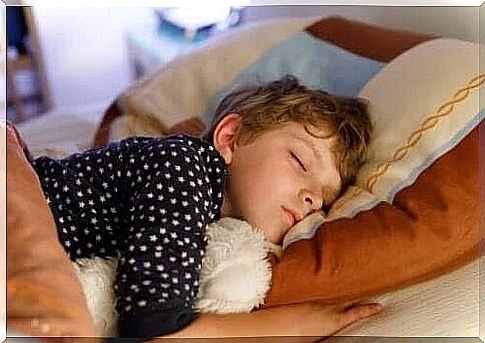
When are transition objects important?
These important psychological objects become important especially when a child needs comfort, is tired or at bedtime.
Children can also return to their transition objects – even if they have previously abandoned them – during important events in their lives. For example, the birth of a new sibling, starting school, moving to a new home, etc.
Children usually choose a transition object between 4 and 6 months of age. This relationship usually lasts until the age of three or four.
When a child manages to gain control over his emotions and becomes more independent, the relationship with the object becomes more playful. Or the child can of course replace the object with other interests.
